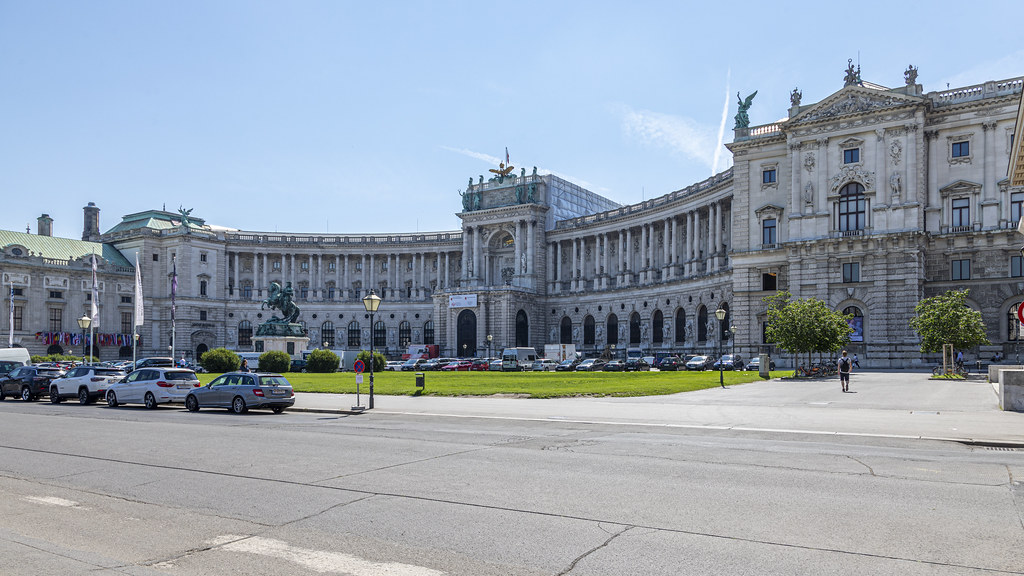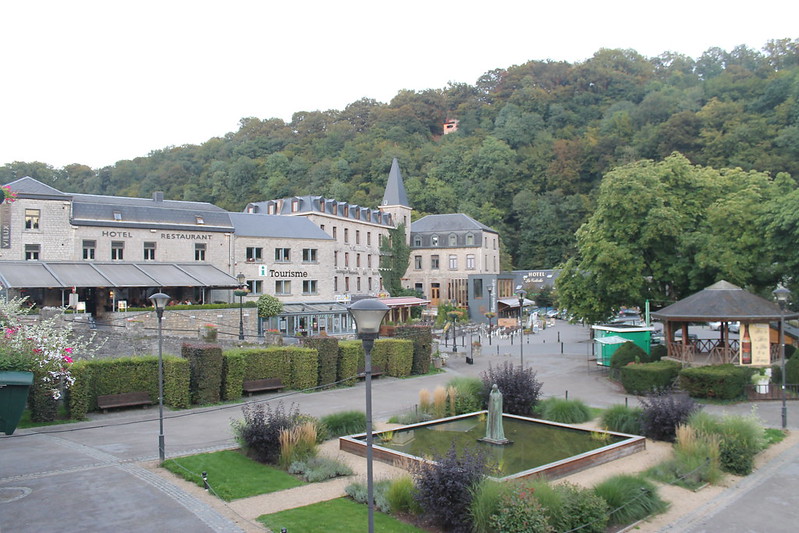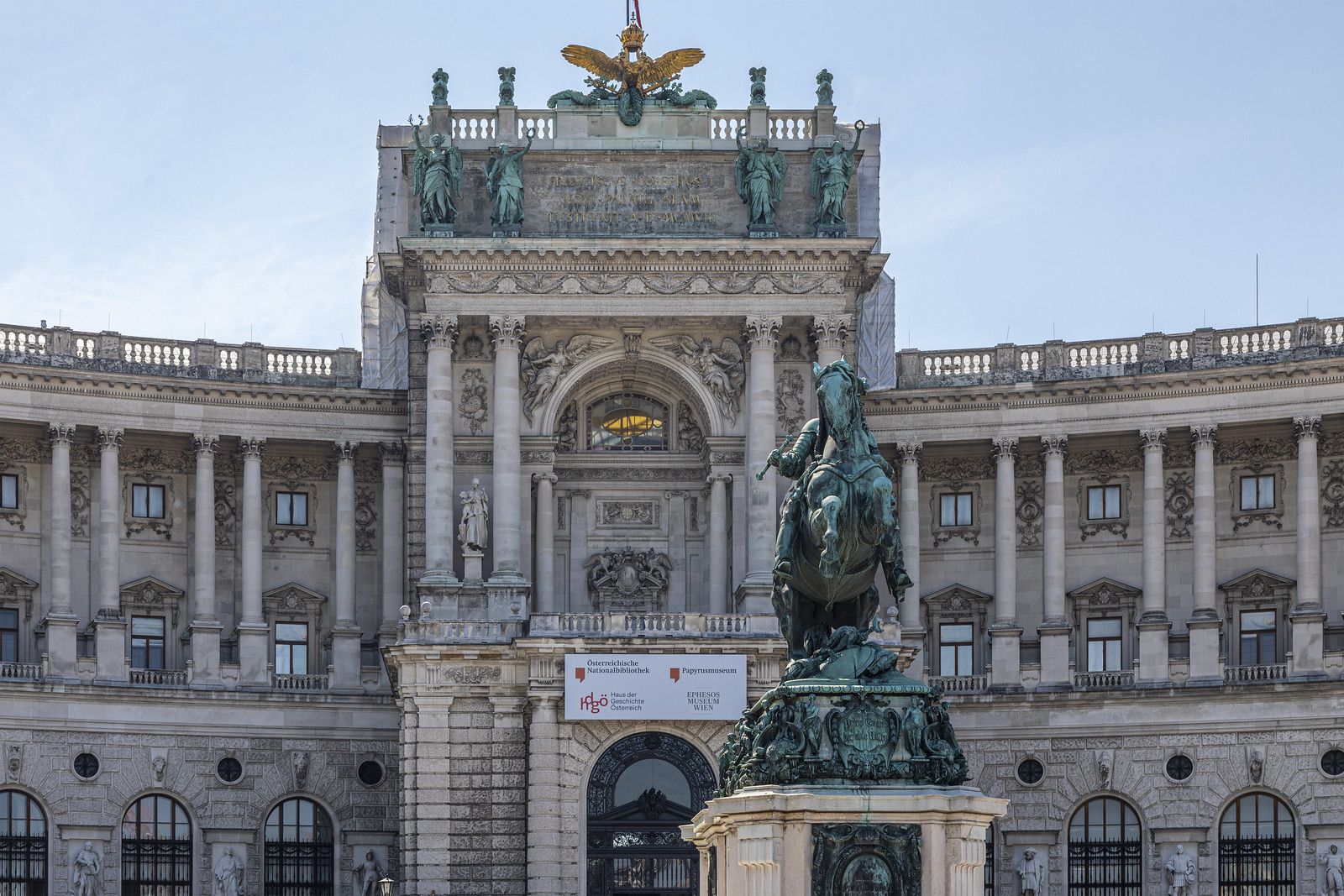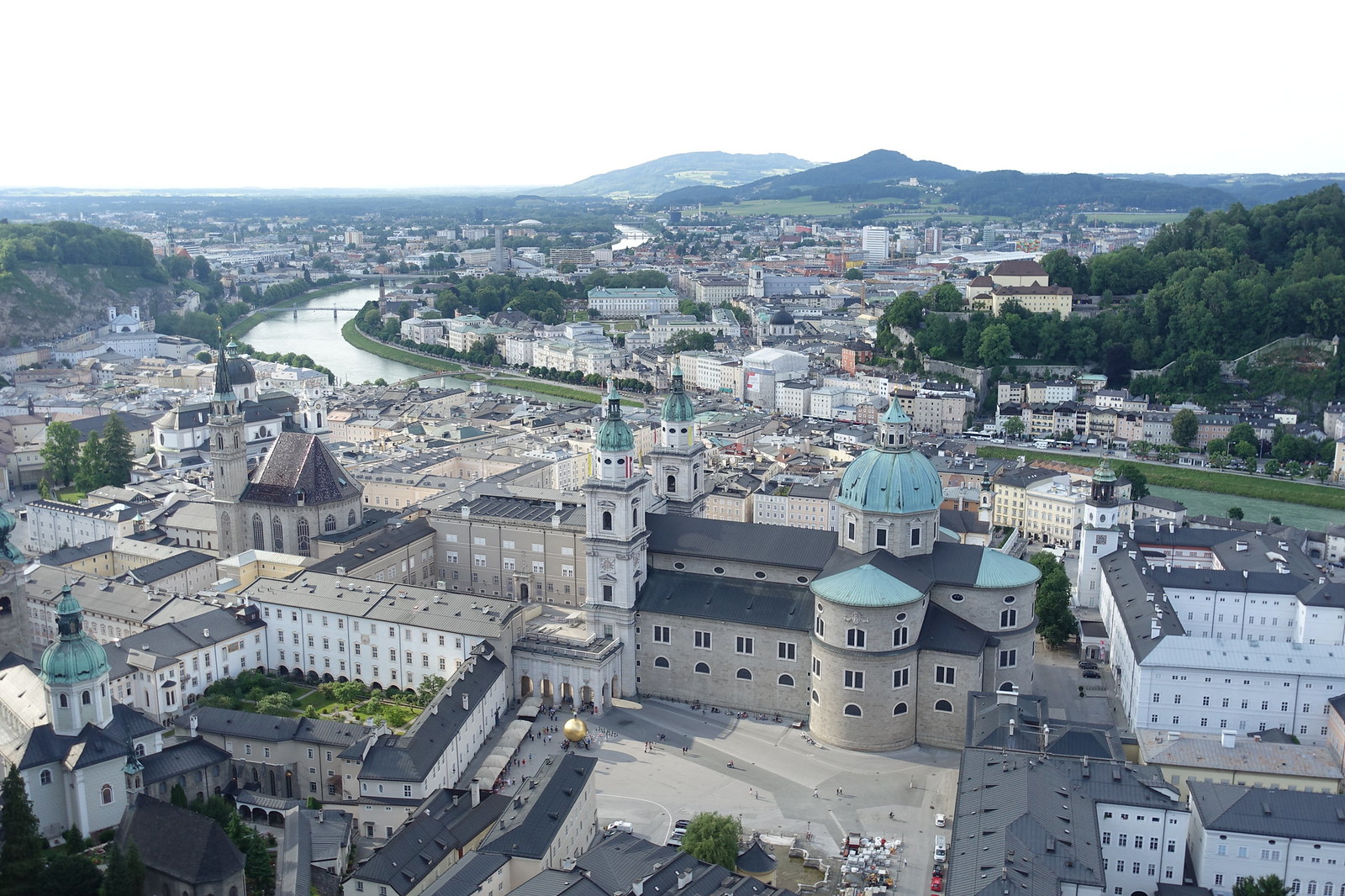These days it’s been 5 years since our trip to Vienna. It was one of the first trips we made to the Old Continent and since then we have visited dozens of European cities, each one more beautiful. However, I still remember Vienna as one of the most attractive. The beautiful capital of Austria attracted me from the beginning for its history, for its aroma of the coffee, for its romantic soundtrack, and for that flirtatious Imperial air that still looks proud. And to savor its imposing elegance, nothing better than visiting Vienna’s three most important palaces: Hofburg, Belvedere, and Schönbrunn.

Hofburg Imperial Palace
History and details
The Hofburg Palace is the largest of the Viennese palaces and also the oldest. It is actually a palace complex that grew over time. Its oldest parts correspond to an old fortress from the 13th century in what is known today as the “Swiss Wing”. From then until today it has undergone numerous extensions, among which stands out the one carried out from 1847, the year in which Emperor Franz Joseph I ordered to demolish the city walls to address the most important urban reform in the history of Vienna. As a final result, today we can see a complex of 18 buildings surrounded by several courtyards, squares, and gardens.

The Hofburg Palace, which is currently the official residence of the President of Austria, has had many universally famous tenants, almost all of them linked to the Habsburgs, the dynasty that occupied it for 600 years. Two of the most famous were Franz Joseph I himself and his wife Elizabeth of Bavaria, better known as “Sisi”. In fact, one of the most popular visits to the Palace is the “Sisi Museum”, where the life of the Empress is reviewed from her innocent youth in Bavaria until her tragic assassination in Geneva. Much more fleeting was the stay of Tsar Alexander I, who stayed there during the historic Congress of Vienna in 1815. And even more fleeting was the visit of Hitler, who made a famous speech from the balconies of the Hofburg announcing the “Anschluss”, i.e. the annexation of Austria to Germany.
Visit the Hofburg Palace
The Sisi Museum, the Imperial Apartments, and the Silver Collection can be seen with the same entrance fee. The first two visits are particularly intensive and interesting, especially if you rent the audio guide. The Sisi Museum shows the intimate life of the Empress in a tour of 6 rooms (by the way, it is said that the Empress hated this palace). The Imperial Apartments consist of about twenty rooms with original decoration and furnishings. The Silverware, as expected, displays a huge collection of luxurious silver objects that belonged to the Habsburgs.
Belvedere Palace
History and details
The Belvedere Palace was built between 1714 and 1723 for Prince Eugene of Savoy. The complex consists of two main buildings (Upper Belvedere and Lower Belvedere) and the extensive gardens that separate them. The entire complex is considered one of the most beautiful and refined examples of Baroque architecture. Although it does not have as busy and long a history as the Hofburg, independence, lost in the Hofburg Palace, was regained in the Belvedere by the signing of the Staatsvertrag (State Treaty) on May 15, 1955.
Visit the Belvedere Palace
Apart from the beauty of the entire palace complex (postcard-perfect), there is a good reason to visit the Belvedere: its art collections. Today the Belvedere is mainly known as a museum and its flagship work is the famous painting “The Kiss” by Gustav Klimt. There you will also find other masterpieces of medieval art, baroque, romanticism, impressionism, etc The exhibitions are divided between the Upper Belvedere and Lower Belvedere and can be seen separately or with a combined ticket. The most interesting is the Upper Belvedere, where the permanent exhibition is located. In the Lower Belvedere, you can visit palatial rooms, some medieval works of art, and special exhibitions.
Schönbrunn Palace
History and details
Schönbrunn Palace together with its immense gardens (which have earned it the nickname “Austrian Versailles”), were declared a UNESCO World Heritage Site in 1996. It is hard to decide which is more opulent, the Palace itself, with more than 1,000 rooms, or the gardens, 1.2 km long and 1 km wide. Schoenbrunn’s history dates back to 1642 when a palace was added to a mansion that had previously been used as a hunting lodge. Only a century later it would begin to be used as a summer residence of the Habsburgs, who would make this palace their favorite until the fall of the monarchy in 1918.
Visit Schoenbrunn Palace
The visit to Schönbrunn can take a whole day, especially if we rent the audio guide and make the tour of the 40 imperial apartments that are open to the public. Many say it is one of the best palaces in Europe, but even if you are not interested in learning more about the life of Franz Joseph I and Sisi through their objects, furniture, paintings, and beautiful rooms, I recommend going there to stroll through the gardens, get lost in the labyrinth and have a good view from its famous Gloriette, on top of a small hill. On the grounds is also the Tiergarten Schönbrunn, the oldest zoo in the world (1752).


